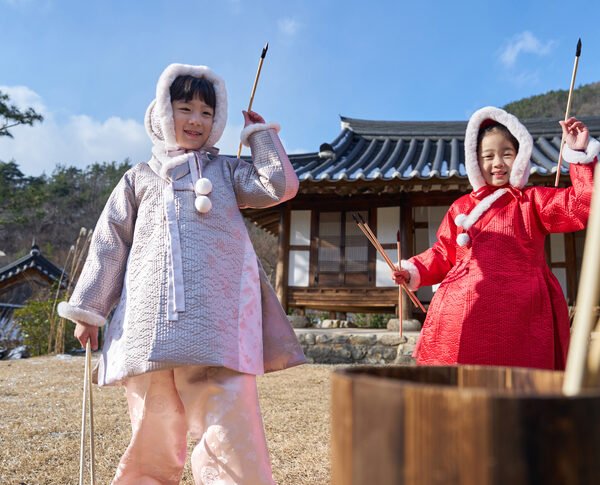In a surprising revelation, Google Street View images have shown that Korea’s Demilitarized Zone (DMZ) has transformed into a thriving wildlife sanctuary. The heavily armed zone that separates North and South Korea has provided a unique opportunity for nature to reclaim its land, away from the disturbance of human activity. From rare species of birds to elusive mammals, the DMZ has become an unlikely haven for a diverse range of wildlife. This unexpected phenomenon showcases the resilience and adaptability of nature, offering a glimmer of hope amidst the tensions of the Korean Peninsula.
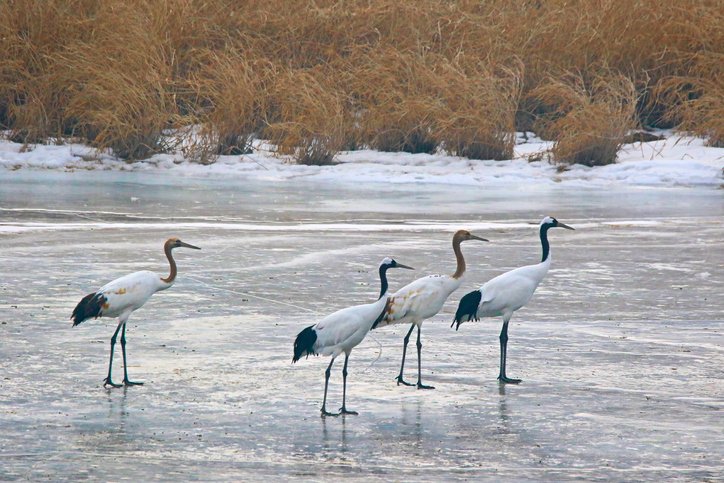
Introduction to the Korea’s DMZ
Welcome to the Demilitarized Zone, also known as the DMZ. This unique and historic area located on the border between North and South Korea serves as a symbol of the division between the two countries. While it may be known for its tense political and military significance, the DMZ also boasts a remarkable biodiversity and serves as an important conservation area. In this article, we will explore the history of the DMZ, its diverse flora and fauna, wildlife conservation efforts, the emerging field of ecotourism, existing challenges and threats, success stories in conservation, lessons for global conservation efforts, and the future outlook of this fascinating region.
History of the DMZ
Creation of the DMZ
The DMZ was established in 1953 as part of the armistice agreement that ended the Korean War. It was designed to serve as a buffer zone between North and South Korea, with a width of approximately 4 kilometers (2.5 miles) and spanning 250 kilometers (155 miles) across the Korean Peninsula. The DMZ was created to provide a demarcation line and a neutral area where military activities were restricted.
Role of the DMZ during the Korean War
During the Korean War, the DMZ witnessed intense battles and became the frontline of the conflict. It was a site of major military operations and hostilities between North and South Korea. The area was devastated by warfare and left scarred by the effects of artillery fire, landmines, and other explosives.
Current status of the DMZ
Today, the DMZ remains an active military zone, with heavily fortified border installations on both sides. However, it also serves as a reminder of the desire for peace and reunification between the two Koreas. Over the years, efforts have been made to transform the DMZ into a symbol of reconciliation and cooperation, focusing on its natural beauty and ecological significance.
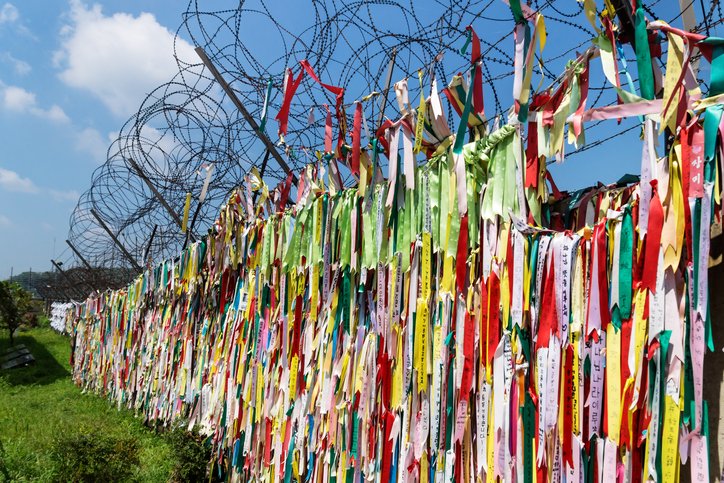
Biodiversity in the Korea’s DMZ
Flora and Fauna
The DMZ is home to a diverse range of plant and animal species, making it a hotspot of biodiversity. The combination of various habitats, including forests, wetlands, and rivers, provides a thriving ecosystem for flora and fauna to flourish. From rare orchids and colorful wildflowers to migratory birds and elusive mammals, the DMZ offers a haven for countless species.
Endangered Species
The DMZ provides crucial habitat for several endangered species, including the Amur leopard and the Red-crowned crane. The absence of human disturbance and military activities has allowed these vulnerable creatures to find refuge within its borders. Efforts are underway to protect these species and their habitats, ensuring their long-term survival.
Unique Habitats
The DMZ is characterized by its unique habitats, shaped by the interplay of natural processes and human absence. The absence of human settlements and agricultural activities has allowed the natural ecosystems to thrive. Wetlands, forests, and grasslands within the DMZ have remained relatively untouched, providing a glimpse into the ecological diversity that once covered the region.
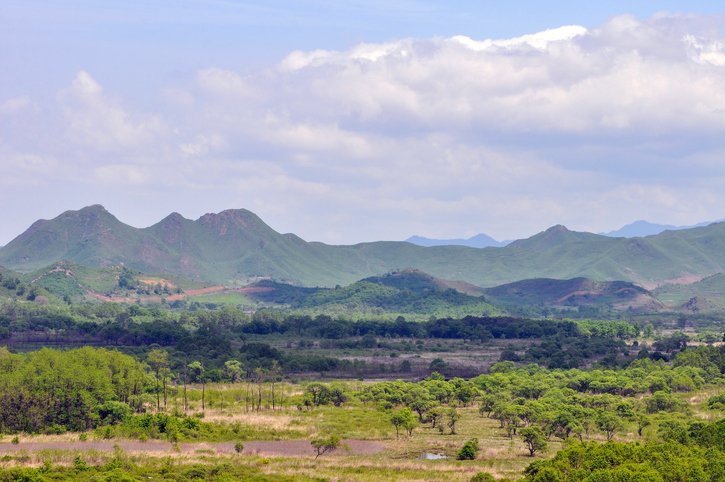
Wildlife Conservation Efforts
Military Restrictions
The military restrictions in the DMZ, such as the ban on human habitation and farming, have unintentionally contributed to the conservation of wildlife. The absence of these activities has allowed nature to reclaim the land and provided valuable undisturbed habitats for numerous species. The military presence itself serves as a deterrent to illegal hunting and logging, indirectly protecting wildlife within the DMZ.
Research and Monitoring
Scientific research and monitoring are essential for understanding and conserving the biodiversity in the DMZ. Researchers and conservationists have conducted extensive studies to document and analyze the plant and animal species found in the area. This research helps to establish baseline data, identify key habitats, and monitor the health of the ecosystem, enabling informed conservation management decisions.
International Cooperation
The conservation efforts in the DMZ have garnered international attention and support. Various organizations, both governmental and non-governmental, from countries around the world have collaborated to contribute to the preservation of this unique area. Through joint research, knowledge sharing, and capacity building, international cooperation aims to enhance the conservation efforts and promote the sustainable development of the DMZ.
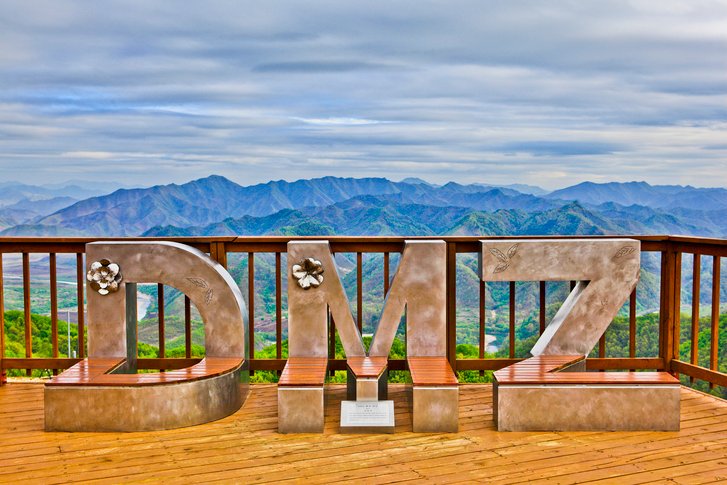
Ecotourism in the Korea’s DMZ
DMZ Tours and Visitor Centers
The DMZ has become an increasingly popular destination for tourists seeking to explore the natural and cultural heritage of the area. DMZ tours allow visitors to experience the unique landscapes, historical sites, and biodiversity of the region. Visitor centers provide educational materials, exhibits, and guided tours, offering insights into the natural and cultural significance of the DMZ.
Promoting Sustainable Tourism
Efforts are being made to ensure that tourism in the DMZ is sustainable and ecologically responsible. Strict guidelines and regulations are in place to minimize the impact on the environment and wildlife. Visitors are encouraged to follow responsible tourism practices, respect the natural surroundings, and support local communities. By promoting sustainable tourism, the DMZ can continue to thrive as a conservation area while also providing economic benefits to the local communities.
Benefits for Local Communities
Ecotourism in the DMZ has the potential to bring about positive impacts for local communities. As tourism increases, new job opportunities are created, and local businesses, such as accommodations, restaurants, and handicrafts, can flourish. Additionally, the presence of tourists fosters an appreciation for the natural and cultural heritage of the region among the local population, leading to increased support for conservation efforts.

Challenges and Threats
Potential Reunification
One of the major challenges for the DMZ is the potential reunification of North and South Korea. While reunification would be a significant achievement for the Korean people, it could also have implications for the conservation efforts in the area. Reunification may bring changes to the current military restrictions, the establishment of new infrastructure, and increased human activities, which could impact the biodiversity and ecological integrity of the DMZ.
Poaching and Illegal Logging
Despite the military presence, poaching and illegal logging continue to pose a threat to the wildlife and habitats in the DMZ. The absence of a permanent human presence and limited surveillance in certain areas make them vulnerable to illegal activities. Efforts are being made to combat these threats through increased monitoring, enforcement, and community engagement.
Climate Change and Habitat Loss
Climate change poses a significant challenge to the conservation of the DMZ’s biodiversity. Rising temperatures, changing precipitation patterns, and extreme weather events can disrupt ecosystems and negatively impact species. Additionally, habitat loss due to human activities, such as agriculture and infrastructure development, further exacerbates the vulnerability of the DMZ’s flora and fauna. Mitigating the effects of climate change and addressing habitat loss are crucial for the long-term preservation of the DMZ’s biodiversity.
Success Stories
Recovery of Species
Despite the challenges, success stories have emerged from the conservation efforts in the DMZ. Several species, such as the Red-crowned crane and the Amur leopard, have shown signs of recovery within the protected area. These positive outcomes demonstrate the resilience of nature and the efficacy of conservation strategies implemented in the DMZ.
Ecological Research Findings
The ecological research conducted in the DMZ has yielded significant findings that contribute to our understanding of biodiversity and conservation. Studies have revealed the presence of previously unknown species, documented rare ecological interactions, and highlighted the importance of preserving intact ecosystems. These research findings not only advance scientific knowledge but also serve as a basis for informed decision-making in conservation management.
Conservation Achievements
Over the years, the conservation efforts in the DMZ have achieved notable successes. The establishment of protected areas, the implementation of conservation policies, and the engagement of local communities have all contributed to the preservation of the region’s biodiversity. These achievements serve as lessons and inspiration for similar conservation endeavors worldwide.
Lessons for Conservation
Role of Conflict Zones in Conservation
The DMZ serves as a compelling example of the potential for conservation in conflict zones. Despite its history of warfare and political tensions, the area has become a sanctuary for biodiversity. Conflict zones can provide unintentional protection for wildlife and ecosystems due to restricted human activities. Recognizing the conservation value of conflict zones can inform strategies for preserving biodiversity in other regions facing similar challenges.
Balancing Conservation and Security
The DMZ demonstrates the delicate balance between conservation and security concerns. While military presence may inadvertently protect wildlife, it is crucial to find a balance that minimizes human disturbance while ensuring the safety and security of the area. Effective management plans should integrate conservation goals with the need for military preparedness, taking into account the ecological and geopolitical complexities of the region.
Lessons for Global Conservation Efforts
The conservation efforts in the DMZ offer valuable lessons for global conservation initiatives. The area exemplifies the importance of protected areas, scientific research, international cooperation, and sustainable tourism in preserving biodiversity. By studying the DMZ, conservationists can gain insights into effective strategies and approaches that can be applied to conservation efforts worldwide.
Future Outlook
Peace and Reunification
The future of the DMZ will be closely tied to the political developments between North and South Korea. While the potential for peace and reunification brings hope, it also introduces uncertainties for the conservation of the area. Balancing peace and security with the preservation of biodiversity will be a key challenge in the coming years.
Expansion of Protected Areas
There are ongoing discussions about expanding the protected areas within the DMZ to enhance conservation efforts. Increasing the size and connectivity of habitats can support the long-term survival of species and promote ecological resilience. By designating additional areas as protected, the DMZ can serve as a model for the effective management and preservation of valuable ecosystems.
Continued Research and Collaboration
Research and collaboration will remain critical for the future conservation of the DMZ. Further scientific studies, monitoring, and data collection are essential for understanding and mitigating the threats facing the area. Continued collaboration among countries, organizations, researchers, and local communities will ensure the success of conservation initiatives and promote the sustainable development of the DMZ.
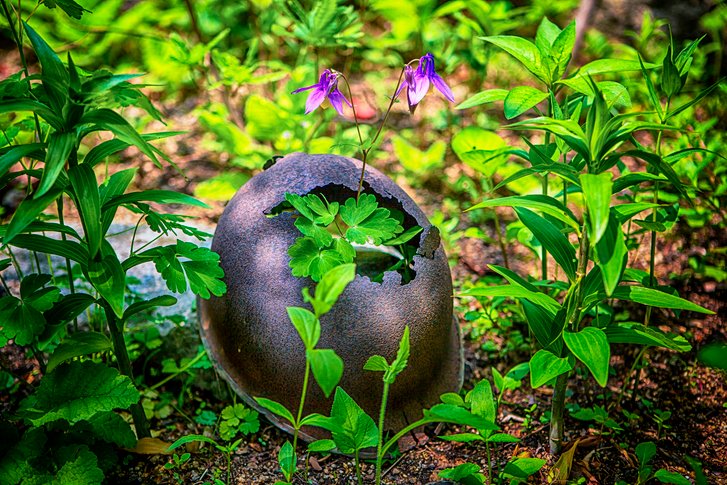
Conclusion
The DMZ is a remarkable testament to the resilience of nature and the possibilities for conservation in conflict zones. Despite its tumultuous history, the area has become a sanctuary for biodiversity and a symbol of hope for collaboration and peace. The diverse flora and fauna, conservation efforts, ecotourism initiatives, and research findings in the DMZ provide valuable lessons and inspiration for global conservation efforts. As we navigate the challenges and opportunities of the future, the conservation of the DMZ serves as a reminder of the importance of preserving our natural heritage and working towards a harmonious coexistence with the environment.







